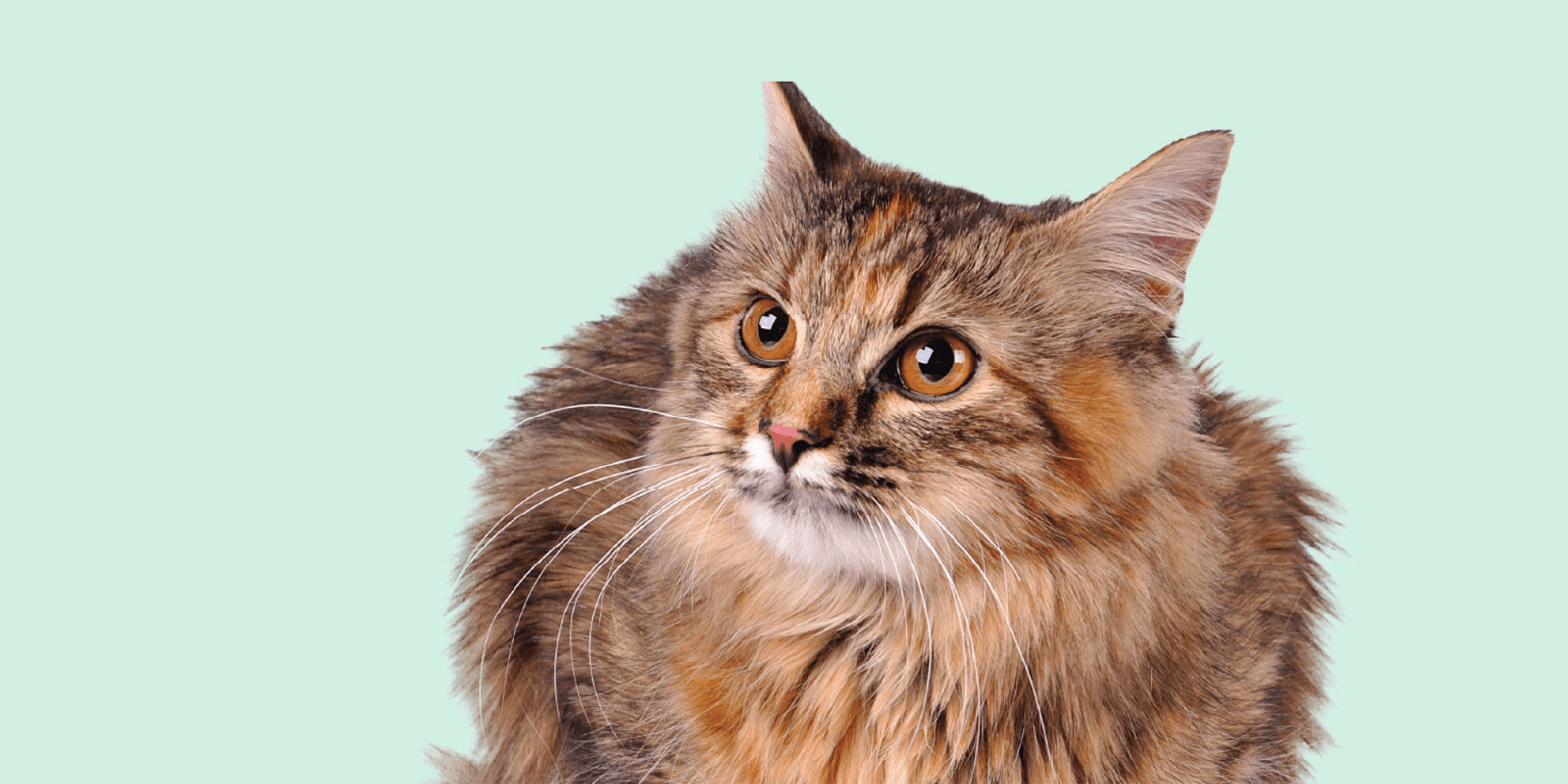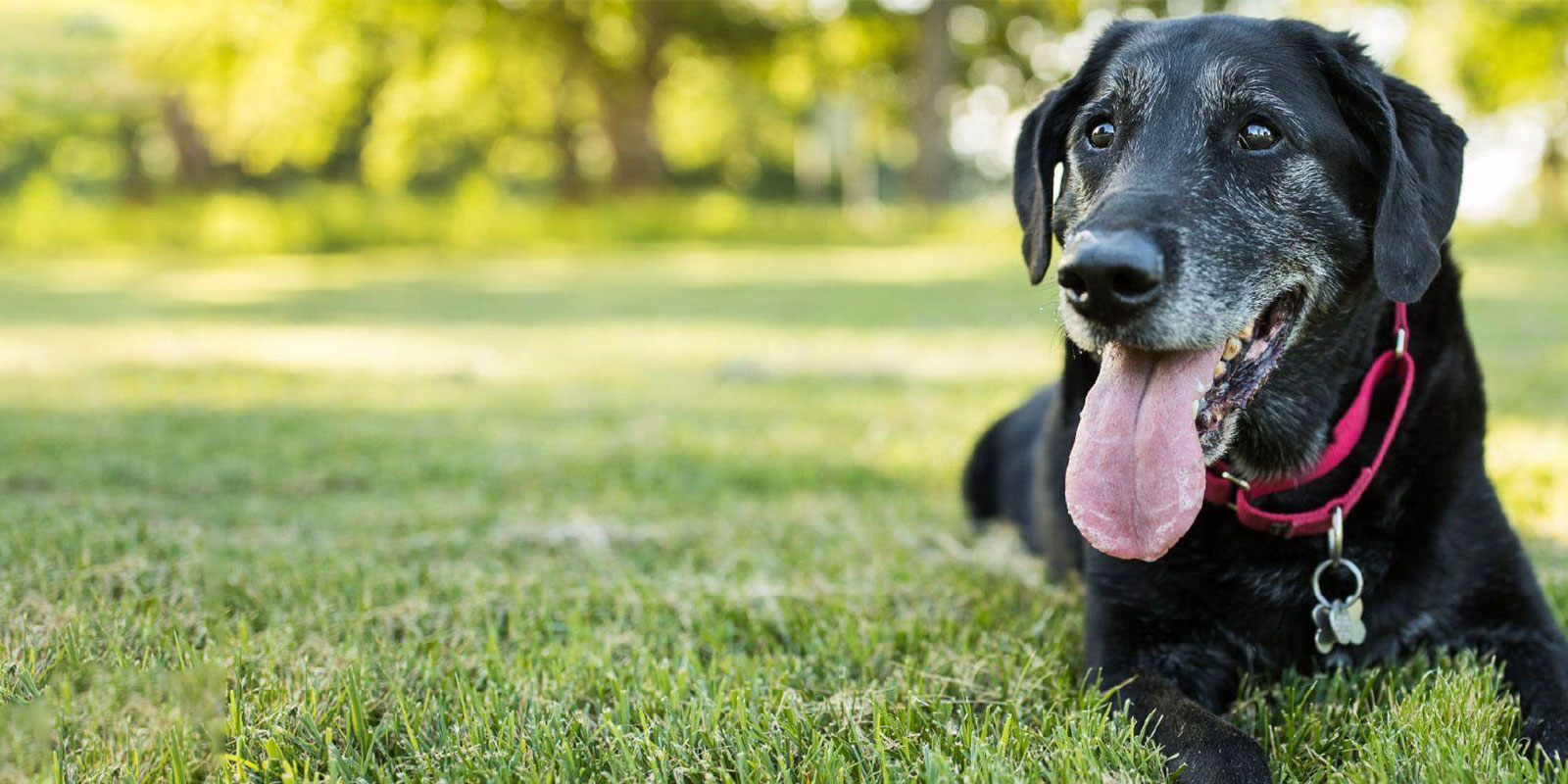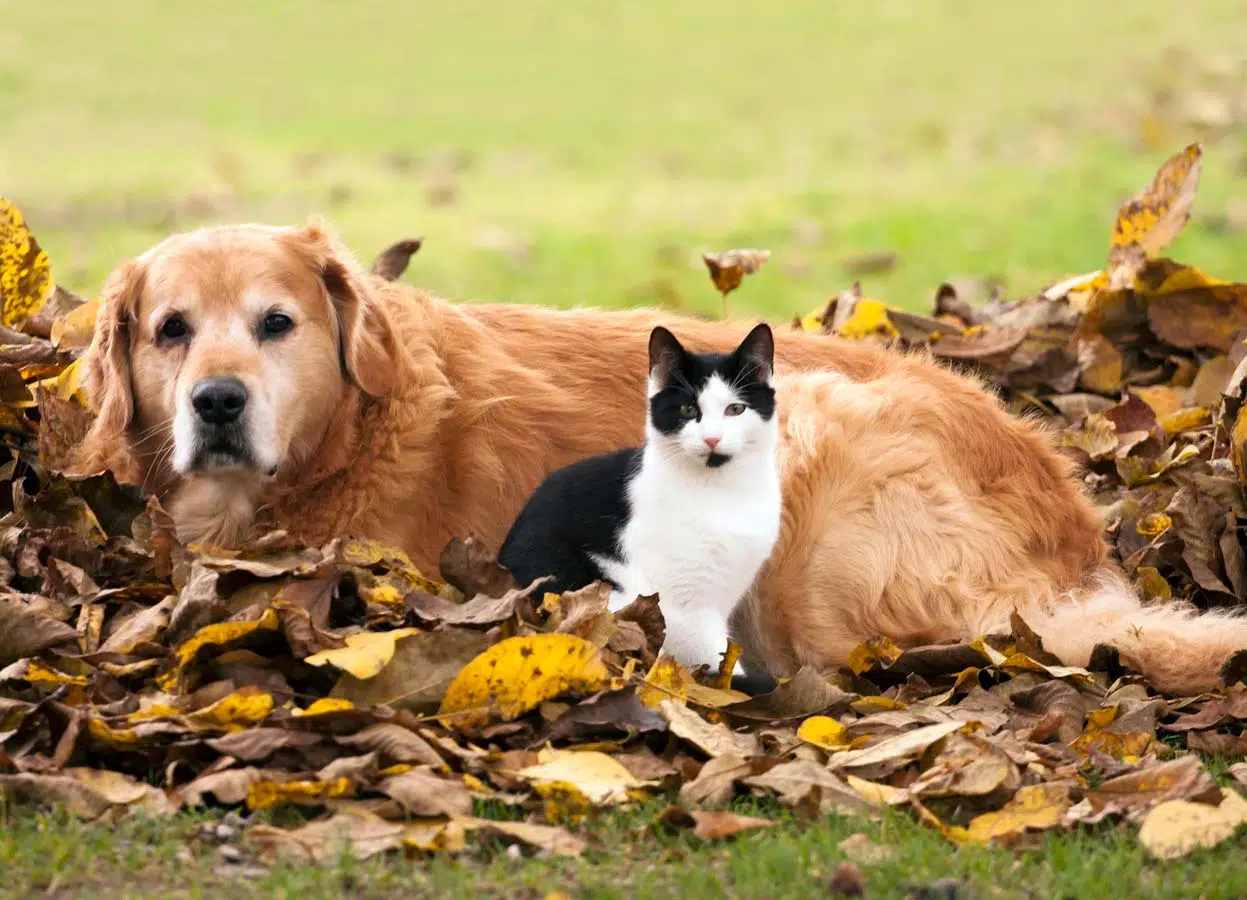Noise Phobia
Whether it is parties, fireworks or afternoon thunderstorms to Sydney, loud noises can be a terrifying time for pets as their hearing is much more sensitive than humans. Vets, councils and rescue groups are flooded with frightened stray animals during this period. In the past, the RSPCA nationwide has prepared for a 400% increase in the number of animals arriving at their shelters from New Year’s Eve into the first couple of days of the New Year following the fireworks.
About 20% of pet dogs are affected by noise phobia (reports in cats are less common likely due to them hiding rather than owner-seeking behaviour when distressed), so pet parents need to be there for their pets during these times.
Owners most commonly recognise something is wrong by the reaction of their pet upon hearing or during a noise event. The obvious signs of a noise phobia include:
- Pacing, hiding, trembling and seeking out the owner
- Licking lips, loss of appetite, vomiting and salivation
- Low tail carriage and crouching to the ground
- Excessive grooming and self-trauma
- Continuous yawning and vocalisation
- Property damage (house soiling, chewing), trying to escape and running onto the road
- Diarrhoea, frequent urination and expressing anal glands.
However, pets may show signs in the anticipation of an event, which is less easily recognised. Additionally, less obvious signs include your pet becoming very quiet or the physiological response to the phobia, such as dilation of the pupils, increased blink frequency, an increased or decreased heart rate, sweaty paws and tense muscles.
Treatment and management:
- Exercise your pet prior to the noise event to tire them out, such as a brisk walk with a dog or a game with a cat.
- During the noise event, pets should be kept secured inside in an isolated area, to limit damage they may cause to property or themselves.
- Secure hiding places can be created, such as a cupboard lined by pillows to reduce noise volume, that your pet can seek out when scared, particularly if the owner is not home or if there is a party occurring at the house.
Owners should not reinforce the behaviour by comforting their pet, but instead be unresponsive to the noise to show that noise is not a concern. A Thunder Shirt® can make pets feel secure, without owner engagement, or alternatively a pheromone calming collar or infuser.
Alternatively, owners can engage their pet in their favourite game during the noise event as a distraction and to make it a positive experience.
Distracting noises, such as turning on the radio or the TV, can be of value.
Outside of the immediate noise event, pets should be gradually desensitised to the noise, using noises that resemble the noise initially and then moving on to the problem noise, such as on a recording or identical noise from the internet.
Medications may be required in the short-term for some cases during the noise event, but should NOT replace behavioural therapy and modification.
Ensure microchip and collar details are current in case your pet does escape.
Please call us at 4 Paws Vet if you have any questions or concerns.
Get updates. Subscribe to our Newsletter.
We will process the personal data you have supplied in accordance with our privacy policy.




